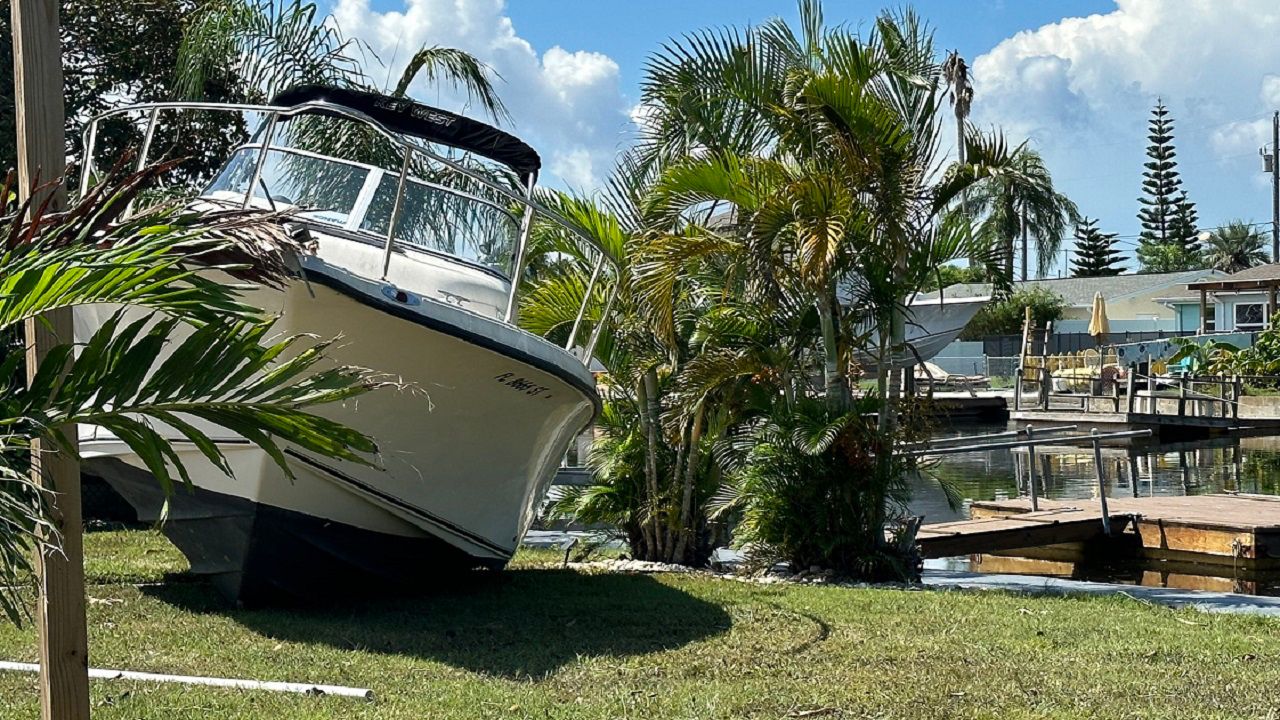We’ve all seen the pictures and video of devastated areas left in the wake of tropical storms and hurricanes, but their impact continues after they move out.
In the immediate time after a storm passes, the weather can do a complete 180 and shift to a dry and sometimes cooler pattern.
This quick transition is attributed to a lot of different factors, and depending on the part of the country you live in, an almost fall-like atmosphere can replace the worst tropical weather.
The eye of a hurricane is a chaotic place, surrounded by intense thunderstorms with low-pressure center. This low-pressure zone pulls in moist air from surrounding regions, leading to heavy rainfall during the hurricane.
However, once the hurricane or tropical storm moves out, low pressure is replaced by high pressure in the atmosphere. High-pressure air suppresses rising motion and can lead to very little cloud cover and almost negligible chances for rain.
Hurricanes can experience rapid strengthening, mainly due to warm ocean water. In the wake of a hurricane, the ocean’s surface has been significantly churned, leading to a mixing of the upper ocean layers.
This process, called upwelling, brings cooler water from deeper ocean layers to the surface, replacing the warm water that previously fueled the storm. These cooler waters decrease evaporation, which limits the moisture available for cloud formation and precipitation.
(Spectrum News)
The path of hurricanes and tropical storms is influenced by the upper-level flow of the atmosphere. Upper-level troughs (low pressure) and ridges (high pressure) can move the storm out, then take control of an area’s weather. This situation has played out in the aftermath of Idalia.
A strong trough of low pressure steered Idalia out to sea, but in return replaced a very tropical air mass with cooler, fall-like air across a good chunk of the Eastern Seaboard.
The geography of an area also plays a significant role in the post-storm weather patterns. Regions closer to the equator experience a more rapid recovery toward warm and humid conditions because of more consistent solar heating and proximity of warmer ocean water.
On the other hand, areas at higher latitudes may take longer to rebound from the cooler and drier conditions, as the angle of the sun decreases and available heat and moisture diminishes.

(Spectrum Bay News 9)
While this calm after the storm is a common occurrence, it doesn’t always play out like this. However, after long days of watching and waiting for tropical weather to arrive, a quieter weather pattern is a welcome sight.
Our team of meteorologists dives deep into the science of weather and breaks down timely weather data and information. To view more weather and climate stories, check out our weather blogs section.

